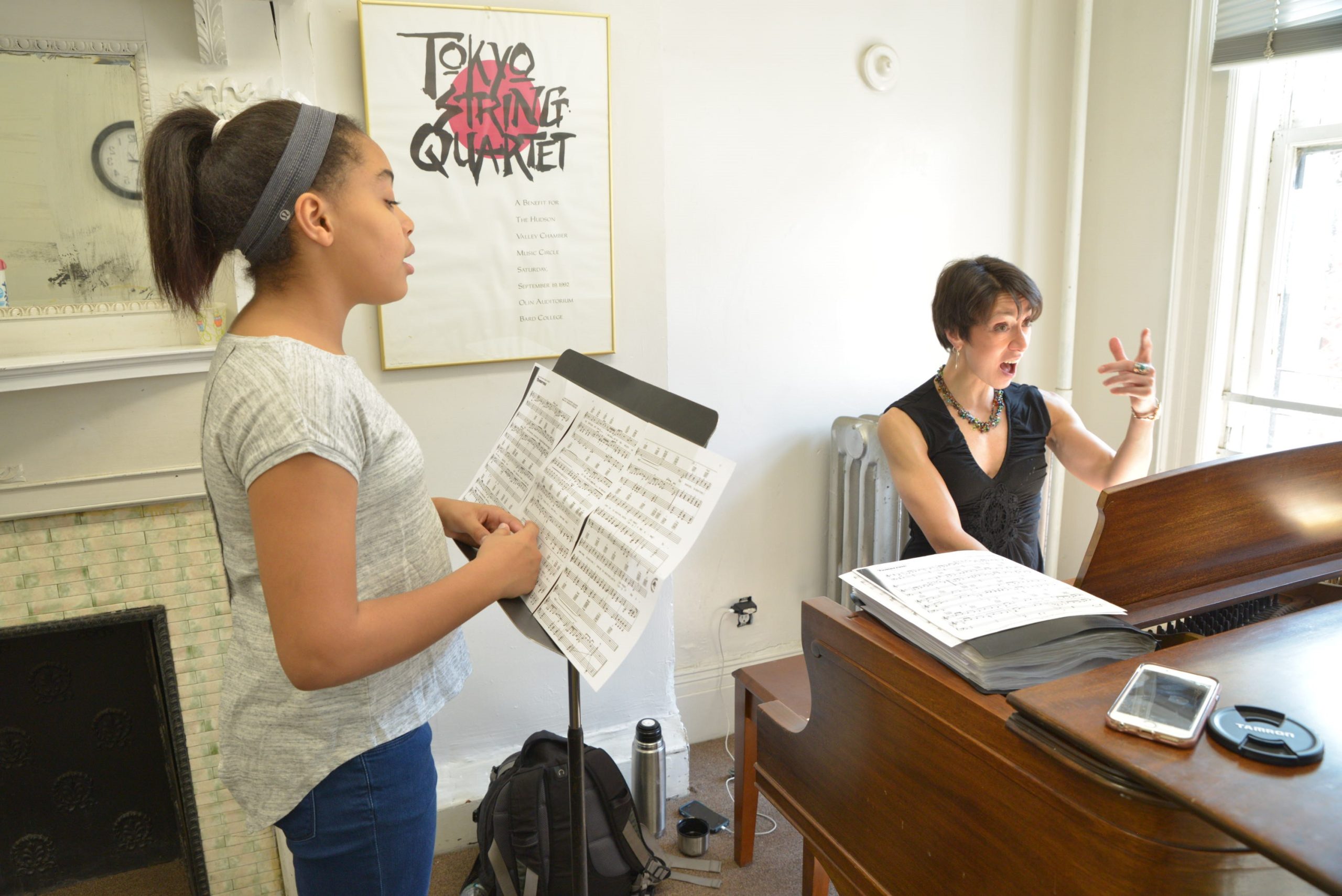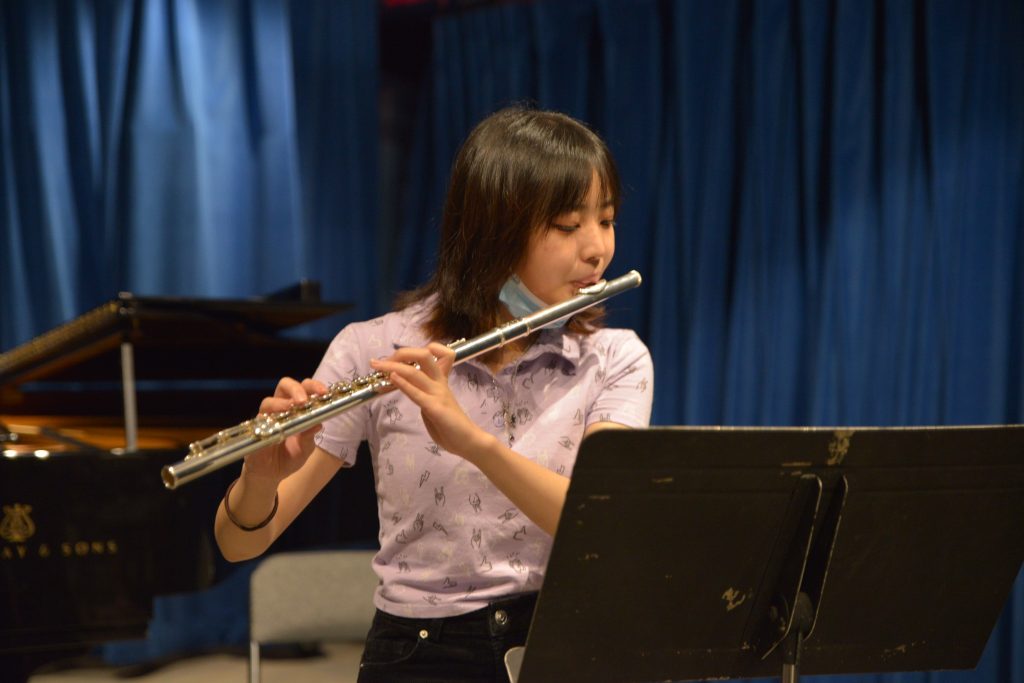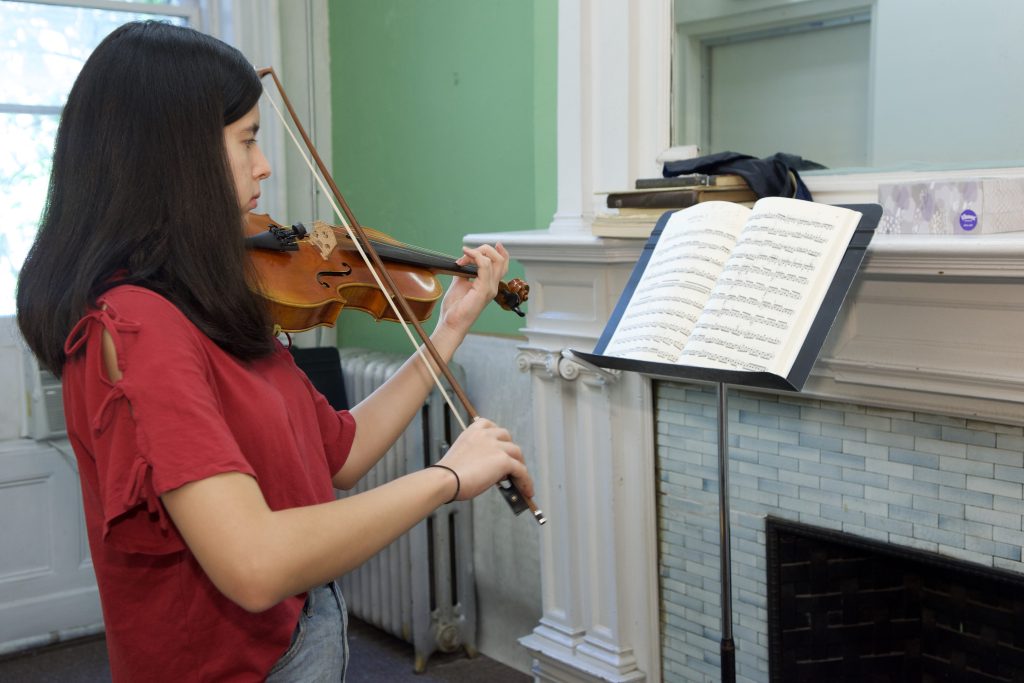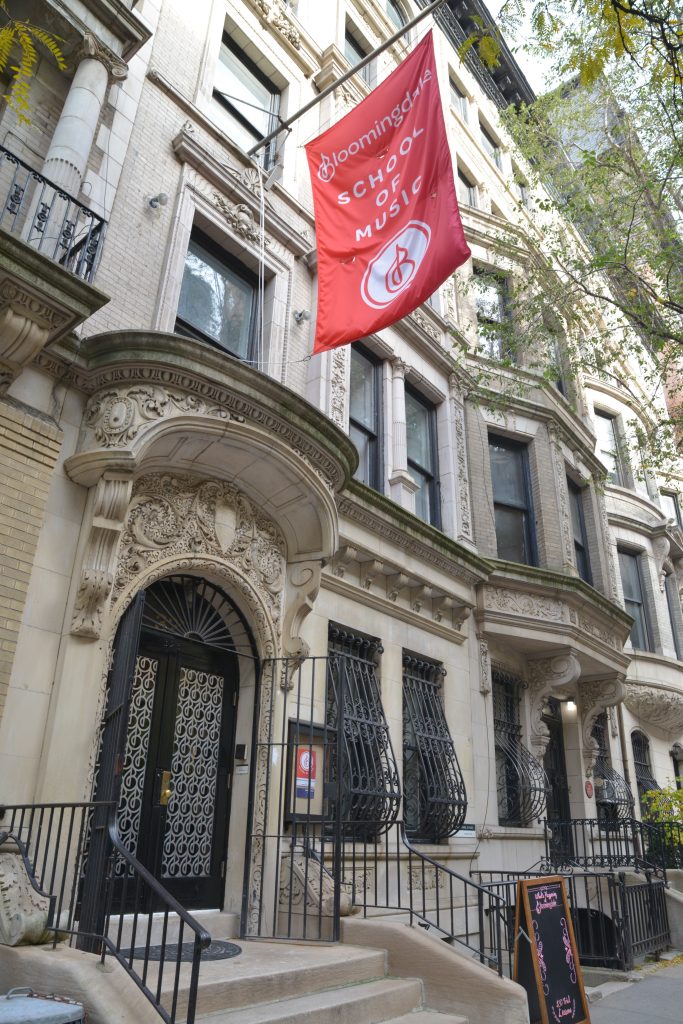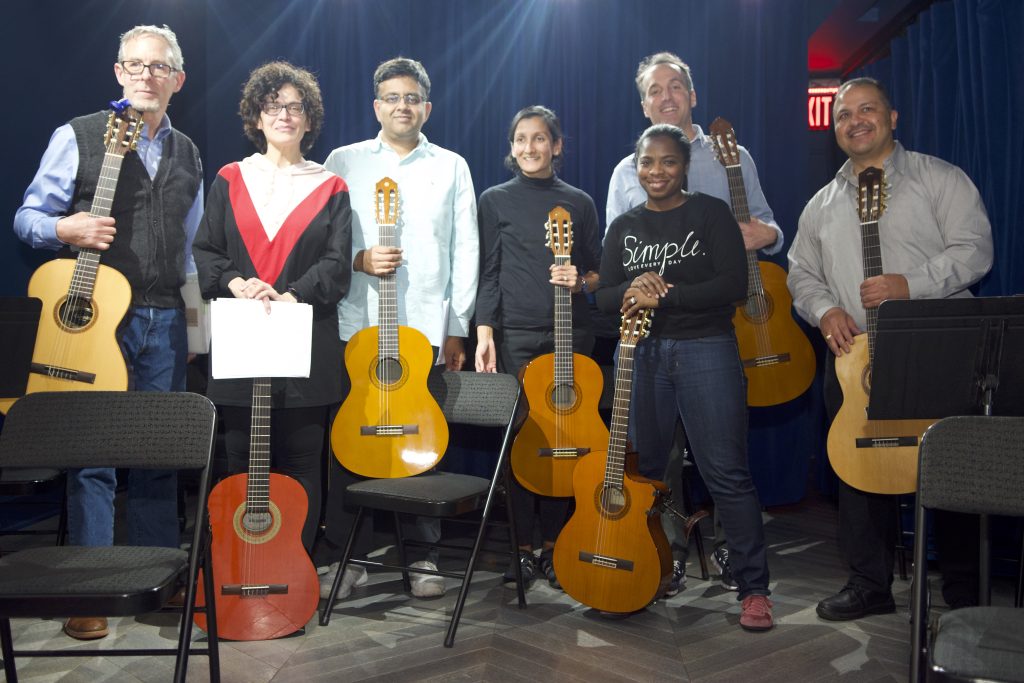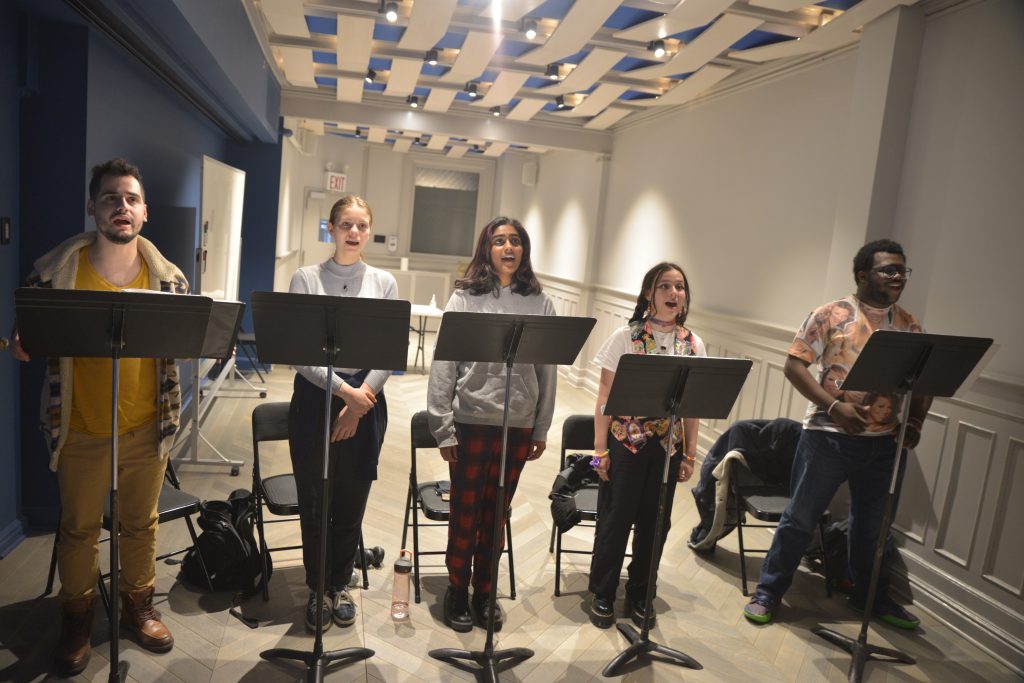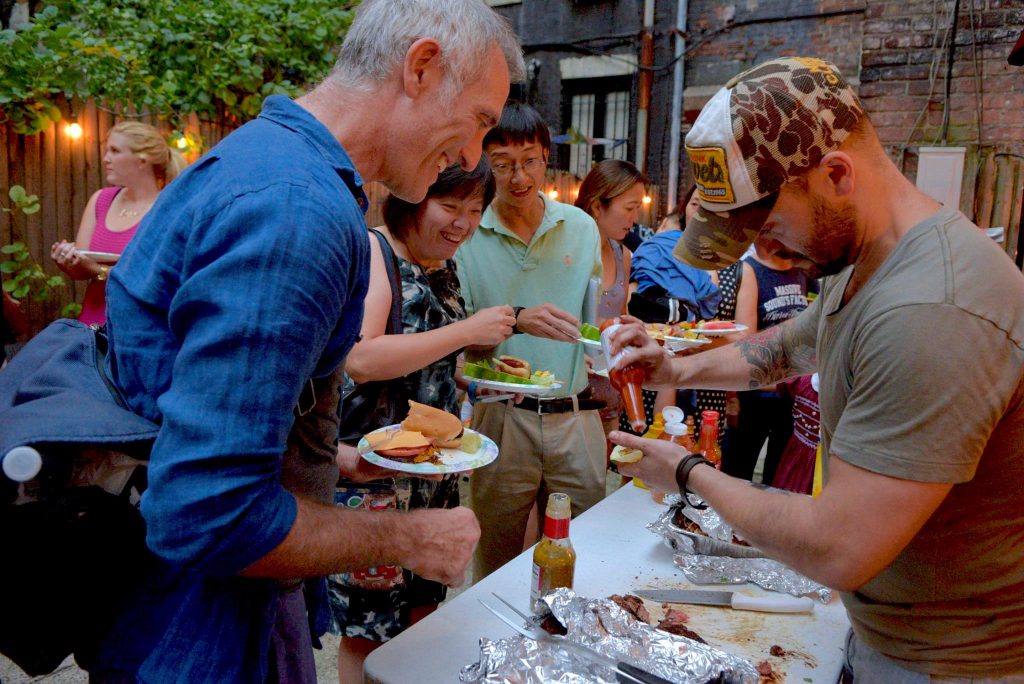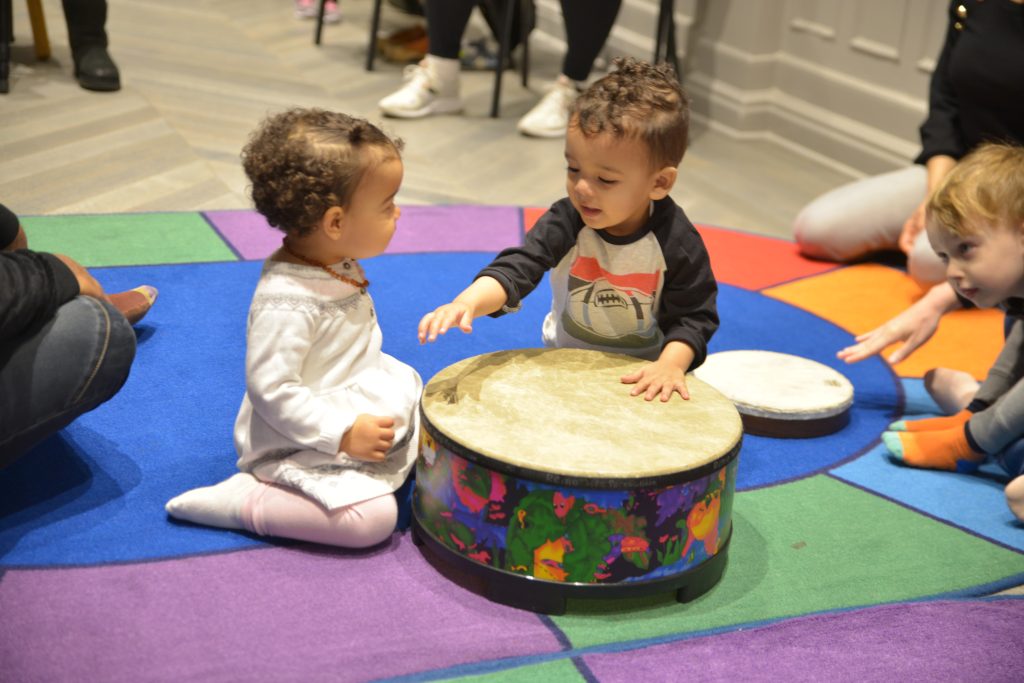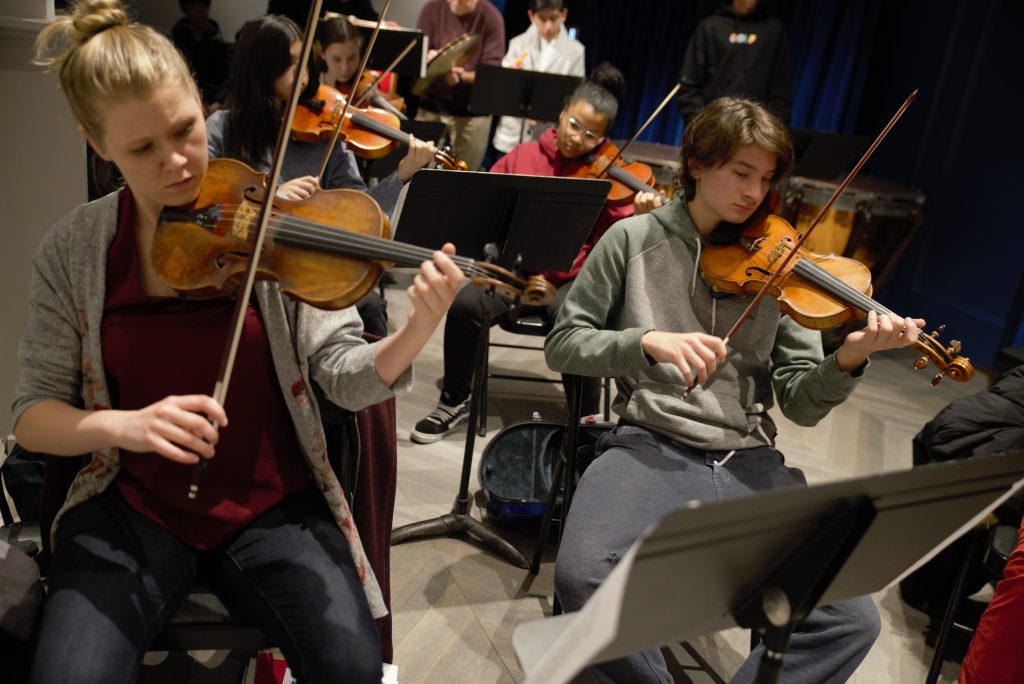Tucked away on the Upper Westside of New York City in a historic area once called Bloomingdale, the Bloomingdale School of Music is making waves in its community and beyond. As soon as you walk in, you can almost touch its warm and welcoming atmosphere as you hear music emanating from each of the rooms in this elegant city brownstone.
The Bloomingdale School of Music is dedicated to the belief that music changes lives, and everyone should have access to high-quality music education regardless of economic status, race, religion, ability level, or gender. Started on a shoestring, most of the school’s fundraising today still goes to scholarships for students to be able to study and excel at music.
Music in Demand
The school was founded in 1964 by David Greer, the organist at West End Presbyterian. His mission was to help bring music to underserved youth. He started by giving lessons for 50 cents. Within two years, he had 200 students; the school was incorporated in 1971, and now there are 650 students each semester. “Although lessons do not cost 50 cents anymore, it is still very important to us to provide access to music education. To that end, Bloomingdale gave out more than $250,000 in scholarships this year,” said Noelle Barbera, Director of Marketing and Development, whose job it is to lead this effort.
Replacing Music Education
When New York City removed music education from public schools due to budget cuts in 1971, Greer responded with ‘Project Bridge,’ a program that still exists today and allowed students to continue their education through Bloomingdale. Also, in 1971, two generous foundation gifts allowed the school to make a down payment on its current home at 323 West 108th Street. Two years later, Bloomingdale became the first community music school to offer free weekly classes to public school students.
Getting to College
A cornerstone of the fundraising is the school’s annual gala and the spring benefit that this year (on April 3) celebrates 30 years of the school’s ‘Music Access Project,’ a pre-college program where the students get private lessons, theory classes, and chamber music classes. This is an avenue to higher education as faculty mentors help students to prepare for their college admissions. Most of the students get full scholarships to the program as they need rigorous preparation for college applications.
Investing in its Community
The Music Access Program is an inroad to the community and is a big part of how Bloomingdale reaches out to the community. Some students call it “Play it Forward” as many of them return not just to visit but to be faculty members. The Board President, Ken Michaels, says, “we are sticky” which is real evidence of Bloomingdale’s close knit and welcoming community. The school also invests in its community with many free events, including faculty concert series every Friday night, and guitar festivals among many other concerts, which are open to the public and may include a reception.
At the beginning of this month on March 4, the School will hold a concert at Symphony Space on the Upper Westside – Album for the Young – which is to present the works from Bloomingdale’s (A4TY Album for the Young) Student Composing Program, when students present their first compositions. This exposure to creating their own compositions with musicians from New York Philharmonic is rare opportunity. Barbera said, “Students compose the pieces and other students play those pieces. They are encouraged to develop new techniques and new sounds and instruments.” The March 4th concert will feature 20 student compositions, ranging from solo works for piano, to works for small chamber ensembles of mixed strings, percussion and winds. The concert will also feature the premiere of a new commissioned work for violin, piano, flute and congas by composer, Mariel Mayz.
Classes for All Ages
The School offers classes throughout the year, and most of them are offered in in group settings and ensembles, which provide socialization and collaborative working together. Enrollment is ongoing and will get prorated according to when you sign up. The school offers many different types of classes and instrument instruction, including piano, flute, violin, guitar, from early childhood to adult.
Home Sweet Home
The school’s 108th Street home is one of the organization’s most treasured assets. Everyone agrees that the sense of place is palpable and central to the organization’s identity. Several capital improvements over the years have been made possible through grants from public and private institutions and allowed the School to maintain its old world charm. Currently it is working on moldings and a fire place, installing a new HVAC system, air conditioning and heating, and putting down new hardwood floors. This is happening gradually and floor by floor.
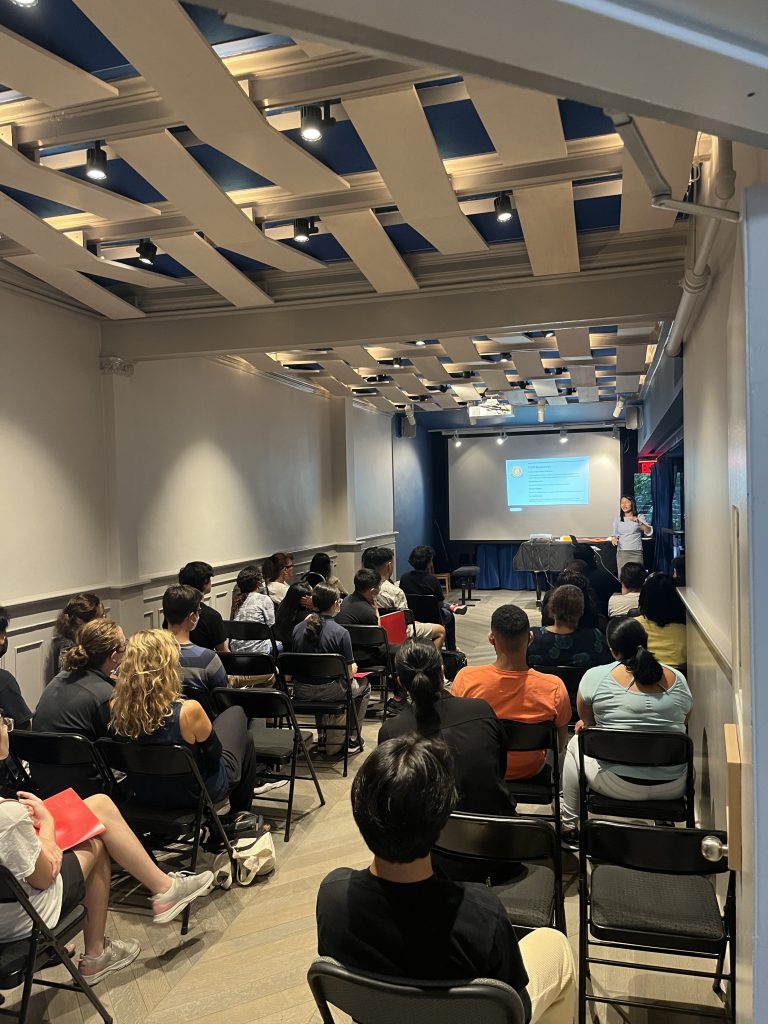
The Road Ahead
Always having to think ahead and plan for fundraising and programming, the School has developed a vision plan for the future called the Bloomingdale Roadmap 2027. It is focused completely on strengthening its current core mission with three pillars: Expand, Adapt, Include. The school is keen to Expand and strengthen its current core work, Adapt its programming and capacity to serve even more students, and Include even more students by broaden its reach and relationships in the community. Based on past performances, the school will certainly put on a stellar show and receive a standing ovation from its community and beyond.
By Victoria Larson
Photo at the top: Bloomingdale’s private lessons are ideal for students looking for a thoroughly personalized and dynamic learning experience. Private one-on-one lessons are available in person as well as online. Photo by Nilsa LaSalle. c. Bloomingdale School of Music

